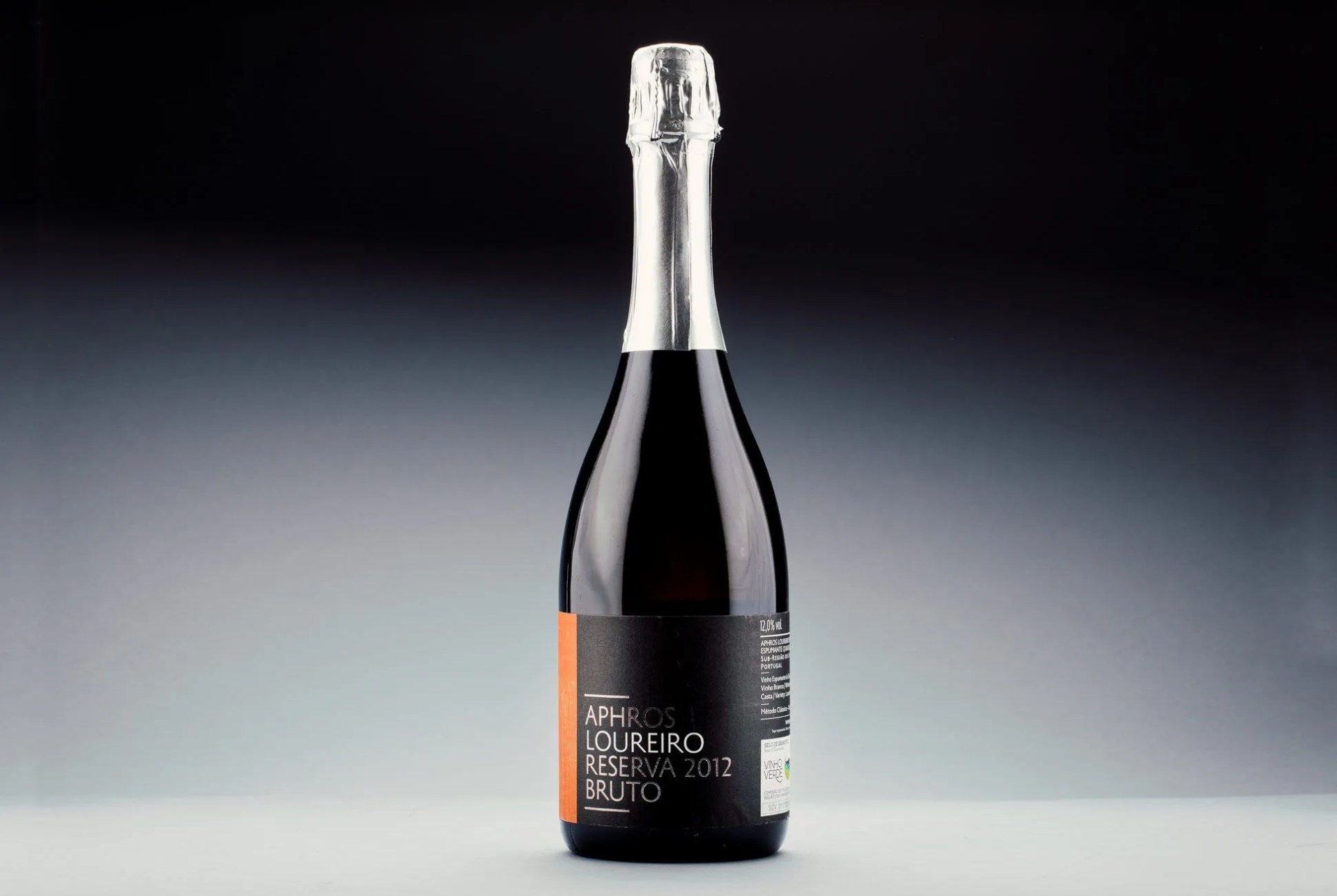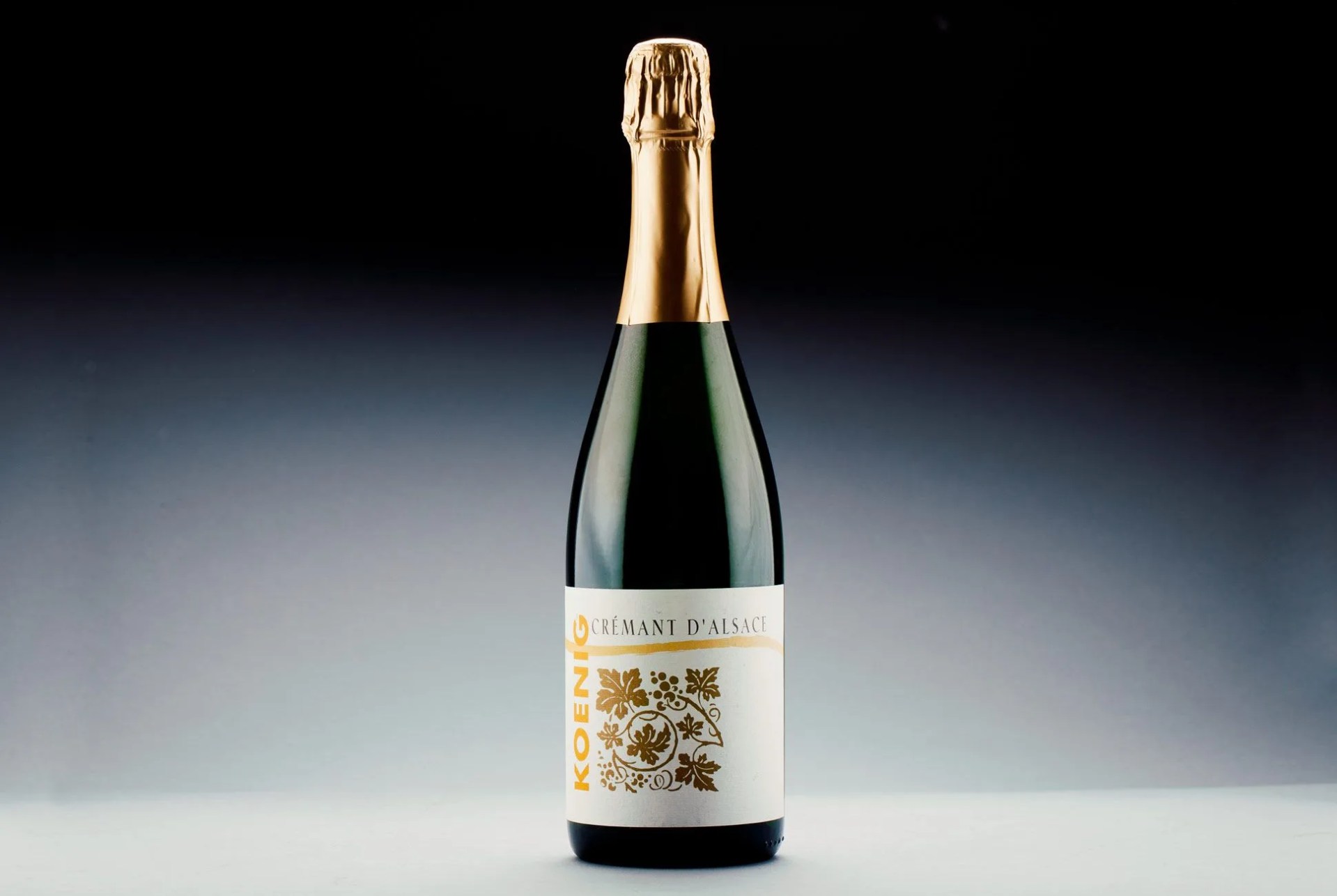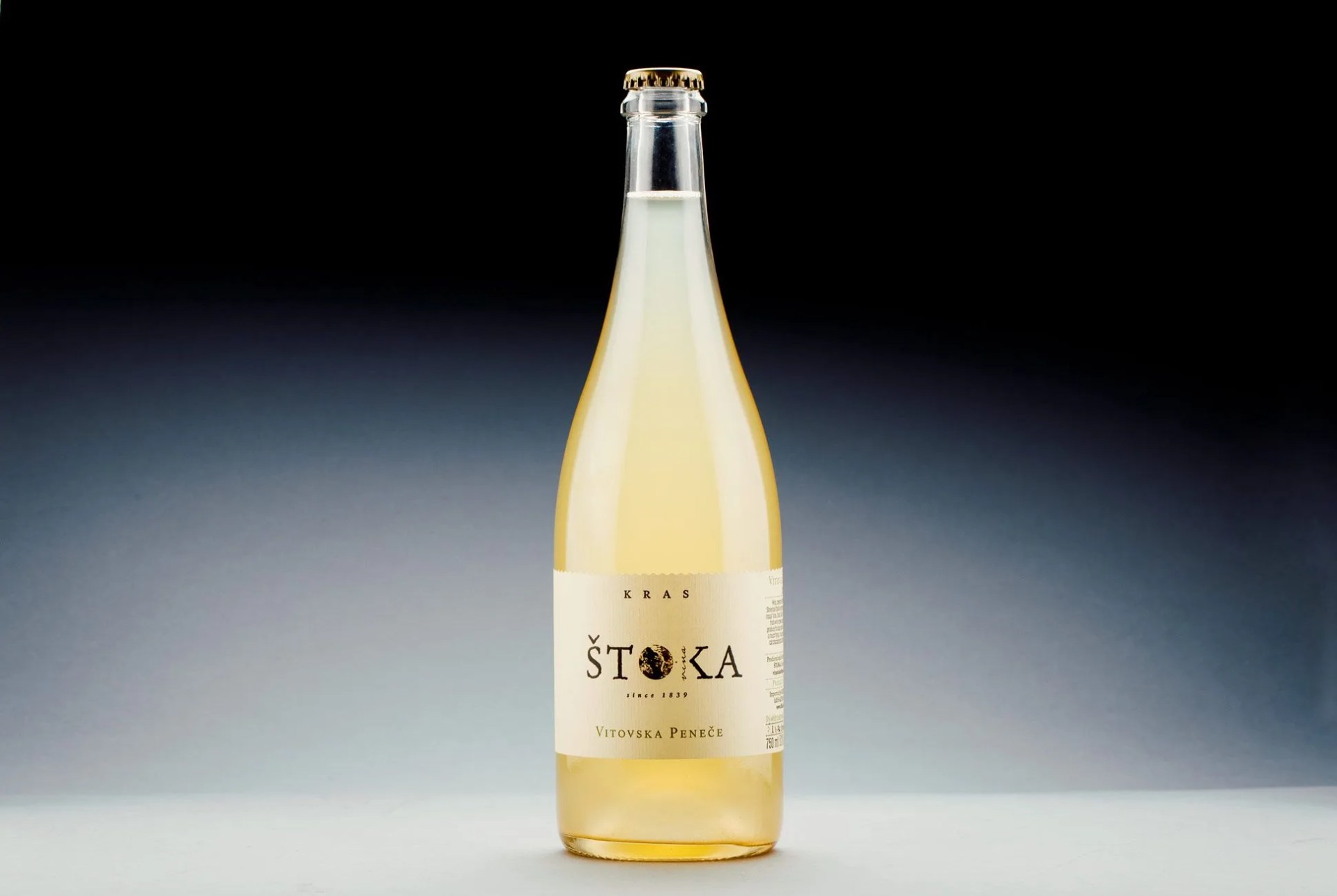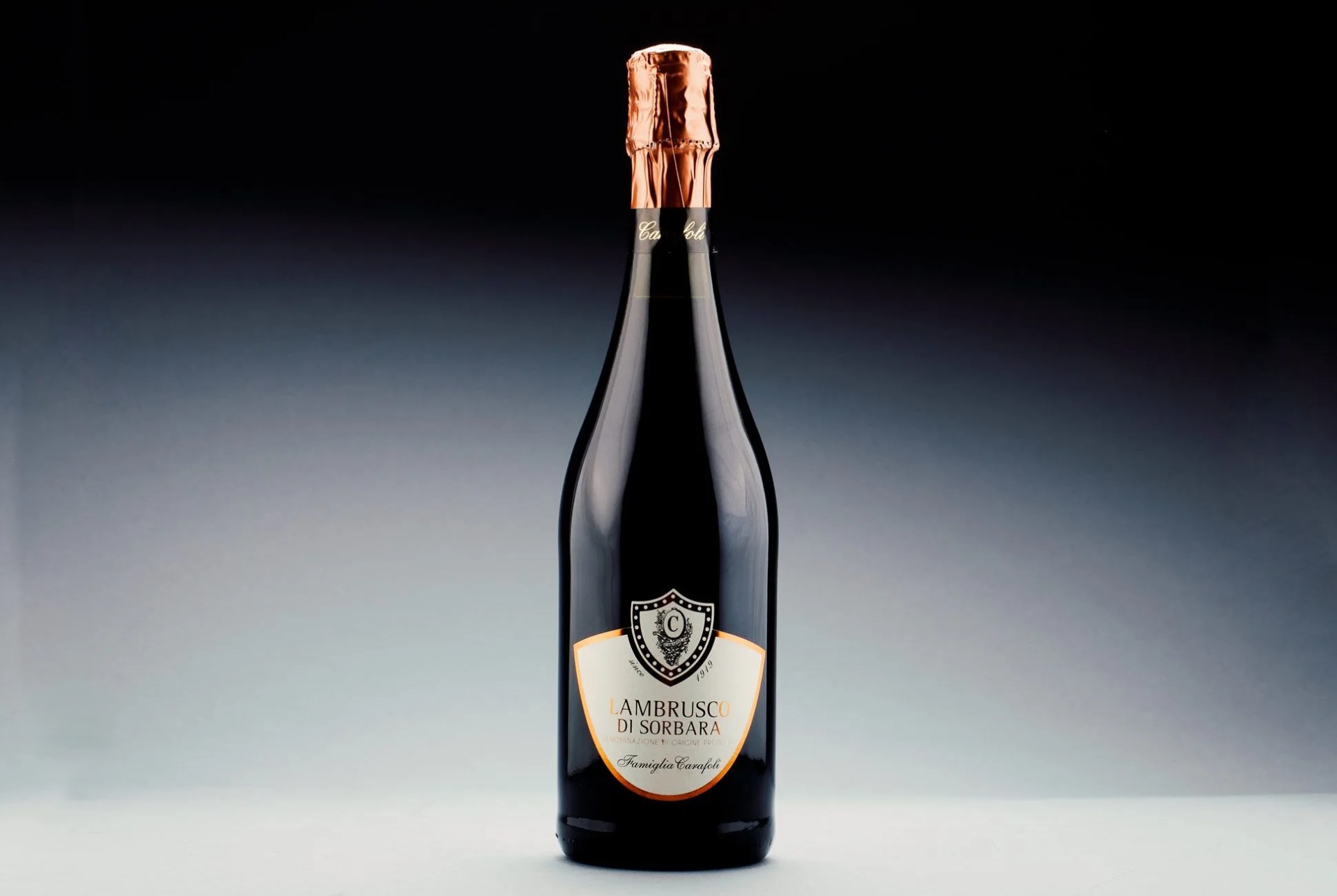Champagne is creamy in texture and unwaveringly delicious. The effervescence is welcoming without being brash. It’s the obvious choice for special occasions and celebrations, but, at times, an expensive one. What many shoppers don’t realize, however, is that winemakers throughout Europe embrace the same fermentation process as those in Champagne. What’s more, they deliver high-caliber sparkling wines without the privileged label. Below are commonly overlooked alternatives to the traditional bottle of bubbly — for a fraction of the price.
Prosecco
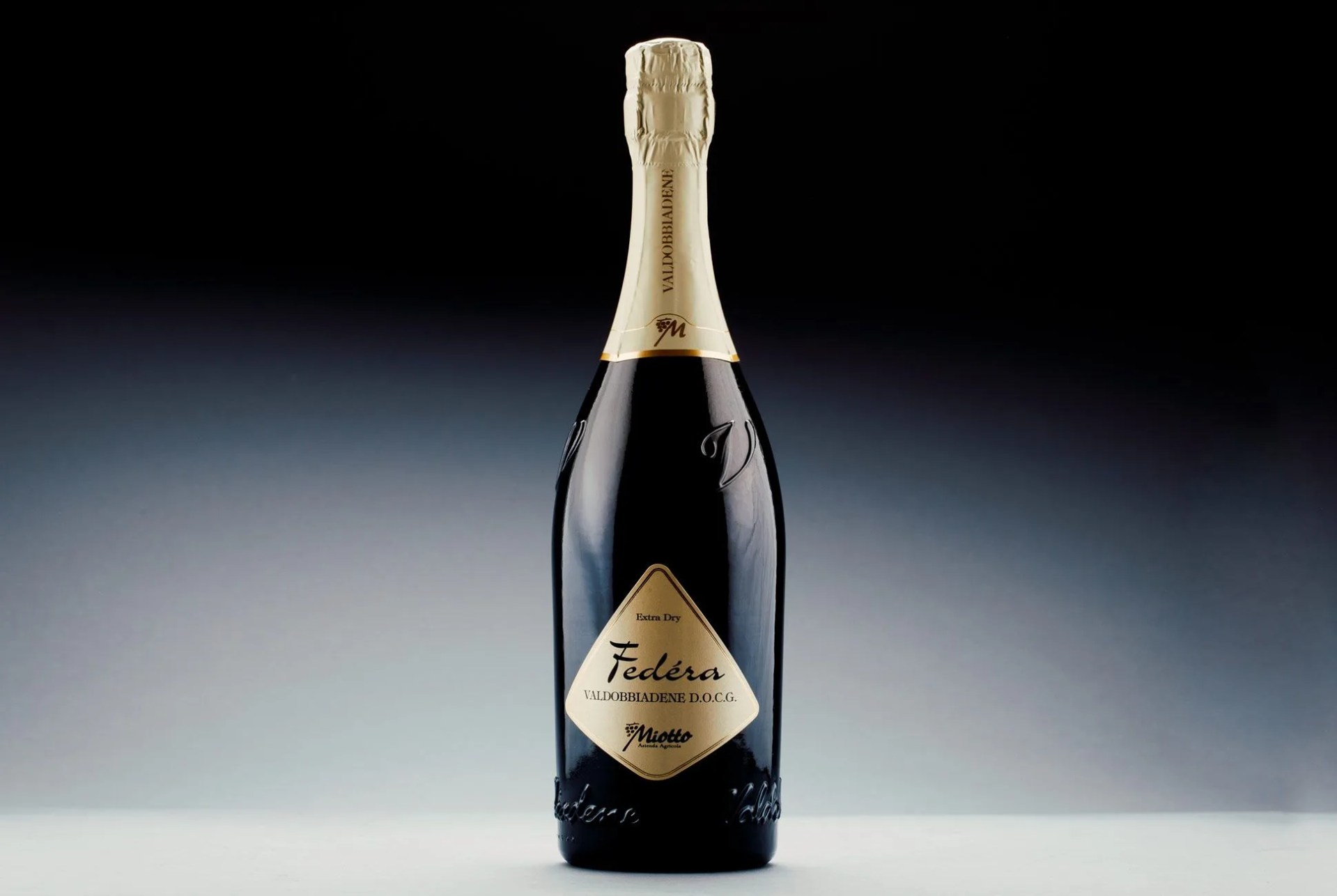
Prosecco is essentially Italy’s version of Champagne, and its most well-known alternative. It belongs to the spumate (sparkling) category of Italian wines and closely resembles the creamy bubble of Champagne. Prosecco is produced in Northern Italy using Glera grapes, which give it stronger fruit and flower notes. Because it leans sweeter than Champagne, it’s an excellent pairing with salty charcuterie like prosciutto.
Value Pick: Azienda Agricola Miotto “Fedéra” Extra Dry Prosecco ($18)
Cava
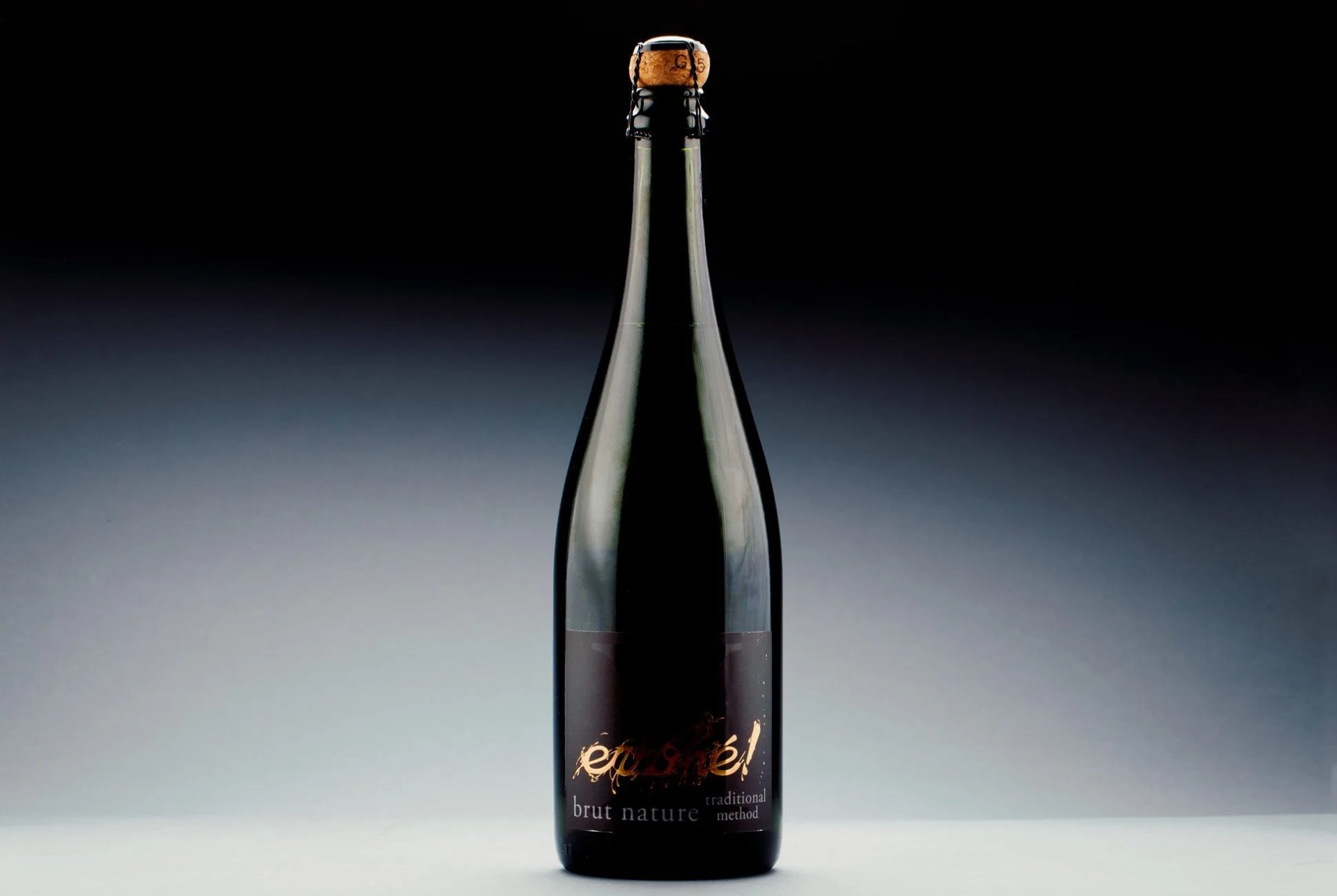
If Prosecco is Italy’s version of Champagne, Spain’s is Cava. Macabeu is the primary grape used, along with Xarel-lo and Paralleda. Together this grape trifecta creates a sparkling wine that is less sweet than Prosecco with mild acidity. Cava replicates the same process as traditional Champagne with secondary fermentation occurring in the bottle (as opposed to in a tank, like with Prosecco). Expect light pear and melon aromas, a perfect pairing for Marcona almonds.
Value Pick: Bodegas Sierra de Guara “Evohe X” Brut Nature Cava ($15)

